Finding the right snowboard stance width is crucial for comfort, control, and performance on the slopes. This guide dives into understanding and optimizing your stance width. It will help you tailor your setup, so it matches your riding style and board type.
Snowboard stance width refers to the distance between your feet when mounted on your snowboard. This seemingly simple measurement profoundly affects your balance, control, and overall riding experience.
A well-chosen stance width can enhance stability, improve turning efficiency, and allow for more comfortable landings when performing tricks. Conversely, an incorrect stance width can lead to discomfort, reduced control, and increased risk of injury. Many riders determine their stance through trial and error or base it on current trends. However, understanding the principles behind stance width is key to optimizing your snowboarding performance.
The ideal stance width is not a one-size-fits-all measurement. It depends on various factors, including your height, body type, riding style, and the type of snowboard you are using. This guide will walk you through the process of determining the best stance width for your unique needs. We will cover measurement techniques, adjustment strategies, and the impact of stance width on different riding styles. By understanding and fine-tuning your stance width, you can unlock a new level of control and enjoyment on the mountain.
Understanding Stance Width Measurement
Accurately measuring your snowboard stance width is the first step towards achieving optimal performance and comfort. The standard method involves measuring the distance between the center of your front binding mounting disk and the center of your back binding mounting disk. This measurement provides a consistent and reliable way to determine your stance width, regardless of the binding type or mounting system.
To perform this measurement, you will need a measuring tape or ruler. Ensure the snowboard is placed on a flat surface. Locate the center point of each binding mounting disk. Then, stretch the measuring tape between these two points, ensuring it runs parallel to the board’s longitudinal axis. The resulting measurement is your stance width.
It’s important to note that some snowboards have reference marks or recommended stance widths printed on the topsheet. These marks can serve as a starting point, but it’s crucial to verify the actual distance using the measurement method described above. Additionally, remember that stance width is just one component of your overall snowboard setup. Binding angles, board size, and personal preferences also play significant roles in determining the ideal configuration for your riding style and body type. Accurate measurement allows for informed adjustments and experimentation, ultimately leading to a more enjoyable and efficient snowboarding experience.
Reference Stance: A Starting Point
The “reference stance” on a snowboard serves as a manufacturer-recommended starting point for stance width. This measurement, often printed on the board’s topsheet, represents a balanced position intended to suit a wide range of riders and riding styles. Think of it as a neutral setting that allows you to get a feel for the board’s characteristics before making personalized adjustments.
The reference stance is determined by snowboard engineers who consider the board’s overall design, including its length, width, sidecut, and flex pattern. They aim to provide a stance that optimizes the board’s performance for general use. While it’s a helpful starting point, it’s crucial to understand that the reference stance is not necessarily the ideal stance for every rider.
Factors such as your height, weight, riding style, and personal preferences can significantly influence your optimal stance width. Therefore, after initially setting your bindings at the reference stance, it’s recommended to experiment with slight adjustments to find what feels most comfortable and responsive for you. Many riders deviate from the reference stance, finding that a wider or narrower stance better suits their individual needs. Consider the reference stance as a valuable baseline, but don’t hesitate to venture beyond it in your quest for the perfect snowboard setup.
Determining Your Ideal Stance Width: The Heel-to-Knee Method
One practical method for gauging your ideal snowboard stance width involves measuring the distance from your heel to the center of your kneecap. This measurement provides a personalized starting point, as it considers your leg length and natural biomechanics. Stand with your knees slightly bent, mimicking a snowboarding posture, and have someone measure from the back of your heel to the middle of your kneecap.
This heel-to-knee measurement can then be transferred to your snowboard. Position your bindings so that the distance between the center of each binding disc closely matches the measurement you obtained. Keep in mind that this is just a starting point, and you may need to fine-tune your stance width based on how it feels while riding.
The heel-to-knee method is based on the idea that your stance width should generally correspond to your natural leg length and range of motion. A stance that is too narrow or too wide relative to your leg length can feel awkward, unstable, or limit your ability to control the board effectively. However, individual preferences and riding styles can also play a significant role, so it’s essential to experiment and find what feels best for you. This method offers a data-driven approach to finding a comfortable and functional starting stance.
Adjusting Stance Width Based on Shoulder Width
Another common technique to determine your snowboard stance width involves using your shoulder width as a reference. Generally, a stance width slightly wider than your shoulder width offers a good balance of stability and maneuverability for many riders. To use this method, measure the distance between the outside edges of your shoulders.

Once you have your shoulder width measurement, transfer it to your snowboard by positioning your bindings so that the distance between the centers of the binding discs is slightly wider than your shoulder width. For beginners, experts often recommend starting with a stance that is just a bit wider than shoulder width, as this tends to provide more stability and control while learning the basics.
Keep in mind that this is only a starting point, and you may need to adjust your stance width based on your personal preferences and riding style. For example, freestyle riders often prefer a wider stance for increased stability when landing jumps and performing tricks, while freeride riders may prefer a narrower stance for quicker edge-to-edge transitions and better carving performance. Experimenting with different stance widths within a reasonable range is key to finding what works best for you.
Impact of Stance Width on Riding Style

The width of your snowboard stance significantly influences your riding style and performance. A wider stance generally offers increased stability, making it advantageous for freestyle riders who need a solid platform for landing jumps and executing tricks. This wider base also helps to absorb impact and maintain balance during more aggressive riding.
Conversely, a narrower stance tends to enhance maneuverability and responsiveness. This can be beneficial for freeride riders who prioritize quick edge-to-edge transitions and precise carving. A narrower stance allows for easier turn initiation and can make the board feel more agile and responsive.
The ideal stance width often depends on the type of terrain you typically ride and your personal preferences. If you enjoy riding park and doing tricks, a wider stance might be more suitable. If you prefer carving groomers or exploring backcountry terrain, a narrower stance could be a better choice. Experimenting with different stance widths can help you discover the optimal balance between stability and maneuverability for your individual riding style. Remember that small adjustments can make a big difference in how your board feels and performs.
Wider Stance Benefits
A wider snowboard stance offers several distinct advantages, particularly for specific riding styles and terrain. One of the primary benefits is enhanced stability. This wider base of support makes it easier to maintain balance when landing jumps, riding through choppy snow, or navigating uneven terrain. The increased stability is especially valuable for freestyle riders who need a solid platform for executing tricks and absorbing impacts.
Furthermore, a wider stance can improve control at higher speeds. By spreading your weight over a larger area of the board, you gain better leverage and are less likely to lose control during aggressive carving or steep descents. This is beneficial for riders who enjoy pushing their limits and exploring challenging terrain.
Another advantage of a wider stance is its potential to enhance buttering tricks and spins. While this is partly due to the binding placement closer to the board’s tip and tail, the wider stance contributes to a more stable and controlled platform. This allows riders to initiate and maintain rotations with greater ease and confidence. However, keep in mind that a wider stance can also make certain grabs more difficult, so it’s essential to find a balance that suits your individual riding style and preferences.
Narrower Stance Benefits
A narrower snowboard stance provides a different set of advantages, catering to riders who prioritize agility, quick turns, and efficient edge control. One of the key benefits is faster and easier turn initiation. With your feet positioned closer together, it requires less effort to shift your weight and engage the edges of the board, allowing for quicker and more responsive turns. This is particularly useful for navigating tight terrain, such as trees or moguls, where rapid maneuvers are essential.
A narrower stance can also enhance your ability to perform precise carves. By concentrating your weight closer to the center of the board, you can achieve a more consistent and controlled edge hold throughout the turn. This is advantageous for riders who enjoy laying down smooth, flowing carves on groomed runs.
Furthermore, a narrower stance can be more comfortable for some riders, especially those with shorter legs or a smaller frame. It can reduce strain on the knees and hips, making it easier to maintain a comfortable riding position for extended periods. However, it’s important to note that a narrower stance may also feel less stable at higher speeds or on uneven terrain, so it’s crucial to consider your individual riding style and preferences when determining the optimal stance width. A narrow stance is easier to initiate turn or rotation
Stance Width and Board Size Correlation
The relationship between stance width and snowboard size is an important consideration when setting up your board. The length of your snowboard should influence your stance width selection to optimize control and balance. Generally, a longer board will accommodate a wider stance, while a shorter board typically pairs better with a narrower stance.
If you are riding a longer board, a wider stance can provide increased stability and control, especially at higher speeds. The wider base allows you to distribute your weight more effectively, which helps prevent the board from feeling unstable or washy. Conversely, if you attempt to use a narrow stance on a longer board, you may find it difficult to control the board’s edges and maintain balance.
On the other hand, if you are riding a shorter board, a narrower stance is generally more appropriate. A narrower stance allows you to initiate turns more easily and maintain better control over the board’s movements. A wider stance on a shorter board can make it challenging to maneuver and may reduce your ability to react quickly to changes in terrain.
Most boards come with a recommended stance width, so as long as you’ve chosen a board that is the right size for you then this is a good place to start.
Considering Recommended Stance Width on Snowboards
Snowboard manufacturers typically provide a recommended stance width range for each board model. This recommendation is a valuable starting point when determining your ideal stance. The recommended stance width is based on the board’s length, flex, and intended use. It is designed to provide a balanced and responsive feel for the average rider.
The recommended stance width is usually indicated on the snowboard near the binding mounting inserts. It is often expressed as a range, such as 20-24 inches. This range allows for some customization based on your personal preferences and riding style.
While the recommended stance width is a good starting point, it is essential to consider your own body proportions and riding style. If you are unsure where to begin, setting your stance width within the recommended range is a safe bet. You can then make small adjustments based on how the board feels and performs.
It’s worth noting that the recommended stance width is not a rigid rule. Some riders may prefer to deviate from the recommendation based on their unique needs and preferences. However, it’s generally best to stay within a few inches of the recommended range to avoid compromising the board’s performance.
Experimentation is key to finding the perfect stance width for you. Start with the manufacturer’s recommendation, and then fine-tune your stance until you achieve the desired feel and control.
Adjusting Stance Width for Different Snowboard Types
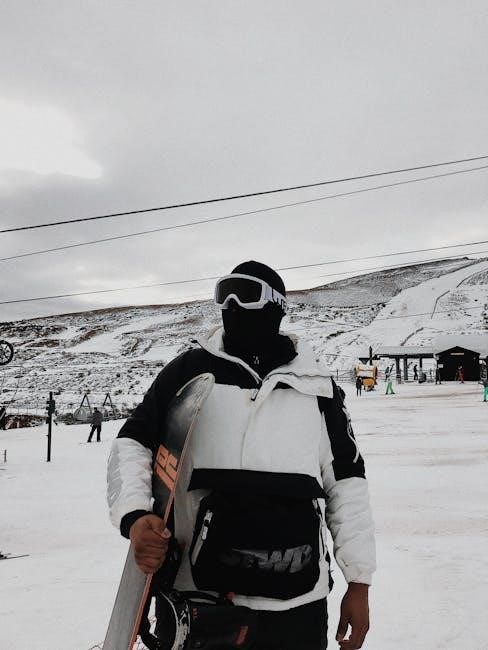
The ideal stance width can vary depending on the type of snowboard you are riding. Different board types are designed for specific riding styles, and adjusting your stance width can optimize your performance on each.
Freestyle Snowboards: These boards are designed for park riding and performing tricks. A slightly wider stance (22-23 inches for men, 20-21 inches for women) can provide more stability and balance when landing jumps and rails. A wider stance also makes it easier to perform buttering tricks and spins. Mounting bindings closer to the tip/tail can also enhance freestyle performance.
All-Mountain Snowboards: These versatile boards are designed for riding a variety of terrain. A stance width that is slightly wider than shoulder width is a good starting point for all-mountain boards. This provides a balance of stability and maneuverability for carving, riding in powder, and hitting small jumps.
Freeride Snowboards: These boards are designed for riding steep slopes and deep powder. A narrower stance can provide quicker edge-to-edge transitions and better control in tight terrain.
Powder Snowboards: These boards are designed specifically for riding in deep snow. A stance width that is centered on the board can help you stay afloat and maintain control in powder. Some riders prefer a slightly setback stance to further enhance floatation.
Experiment with different stance widths to find what works best for you on each type of snowboard. Consider the terrain you will be riding and the style of riding you will be doing.
Experimentation and Personal Preference
While guidelines and recommendations can provide a solid starting point, finding your ideal snowboard stance width ultimately comes down to experimentation and personal preference. Every rider is unique, and what works well for one person may not work as well for another.
Try Different Widths: Don’t be afraid to adjust your stance width and see how it affects your riding. Start with the recommended stance width for your board and then experiment with going wider or narrower in small increments (about 1/2 inch at a time). Pay attention to how each adjustment impacts your balance, control, and overall feel on the board.
Consider Your Riding Style: Your preferred riding style will also influence your ideal stance width. If you enjoy freestyle riding and performing tricks, a wider stance may provide more stability. If you prefer carving and riding steep slopes, a narrower stance may offer better control.
Pay Attention to Your Body: Listen to your body and notice any discomfort or strain. If you experience knee pain or difficulty turning, your stance width may be too wide or too narrow. Adjust your stance until you find a position that feels natural and comfortable.
Seek Feedback: Ask experienced snowboarders or instructors for feedback on your stance. They may be able to offer valuable insights and suggestions based on their own experiences.
Document Your Adjustments: Keep track of the different stance widths you try and how they affect your riding. This will help you identify the optimal stance for your individual needs and preferences.
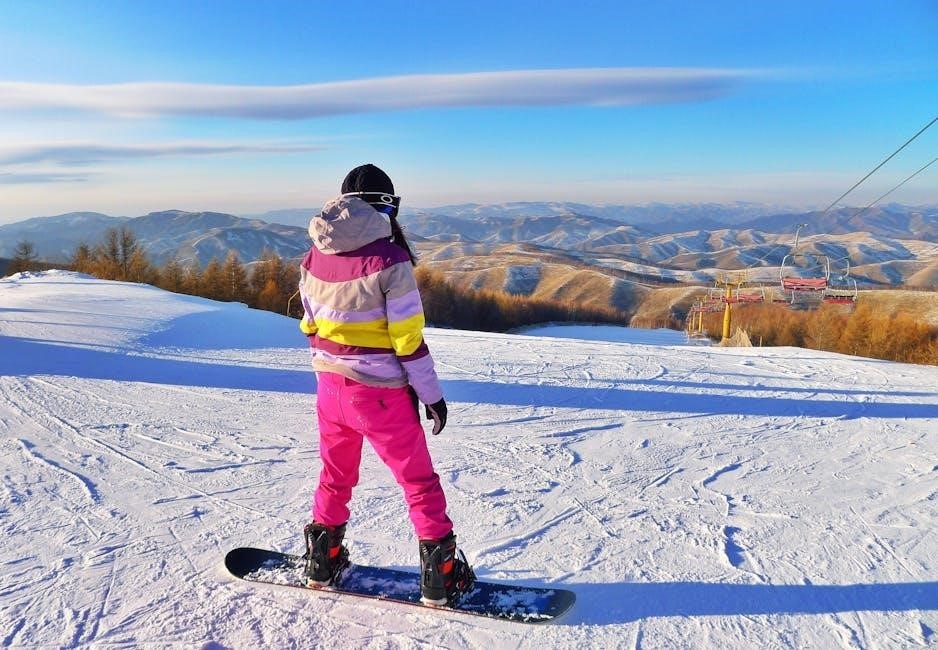
Common Stance Width Mistakes to Avoid
Setting your snowboard stance width incorrectly can negatively impact your riding experience. Here are some common mistakes to avoid:
Ignoring Recommended Stance: While personal preference is important, completely disregarding the manufacturer’s recommended stance width is a mistake. It’s a good starting point based on the board’s design and intended use.
Extreme Width Adjustments: Making drastic changes to your stance width can throw off your balance and control. Adjust in small increments (1/2 inch) to feel the difference gradually.
Uneven Binding Placement: Ensure your bindings are mounted symmetrically. Asymmetrical placement can lead to unbalanced turns and difficulty maintaining control. Double-check measurements before tightening screws.
Ignoring Body Feedback: Pain or discomfort is a sign that your stance is incorrect. Don’t push through discomfort; adjust your stance until it feels natural.

Copying Others: Just because a friend uses a certain stance width doesn’t mean it’s right for you. Consider your body type, riding style, and board.
Neglecting Adjustment: Your stance width may need adjustment as your skills improve or as you switch between different snowboard types.
Overlooking Board Size: Stance width is related to board size. Ensure your stance width is appropriate for the length of your snowboard.
Advanced Adjustments and Fine-Tuning
Once you’ve established a comfortable and functional snowboard stance width, consider these advanced adjustments for fine-tuning your setup:
Micro-Adjustments: Experiment with slight variations in stance width (1/4 inch increments) to pinpoint the optimal balance between stability and maneuverability.
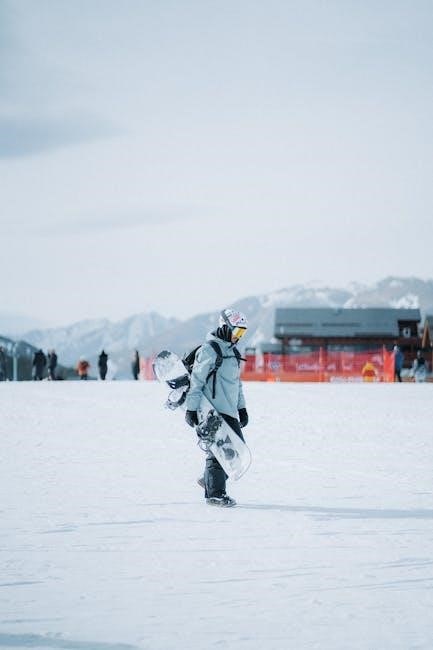
Binding Angle Adjustments: Small adjustments to your binding angles can complement stance width changes. For instance, a wider stance might pair well with slightly more duck-footed angles.
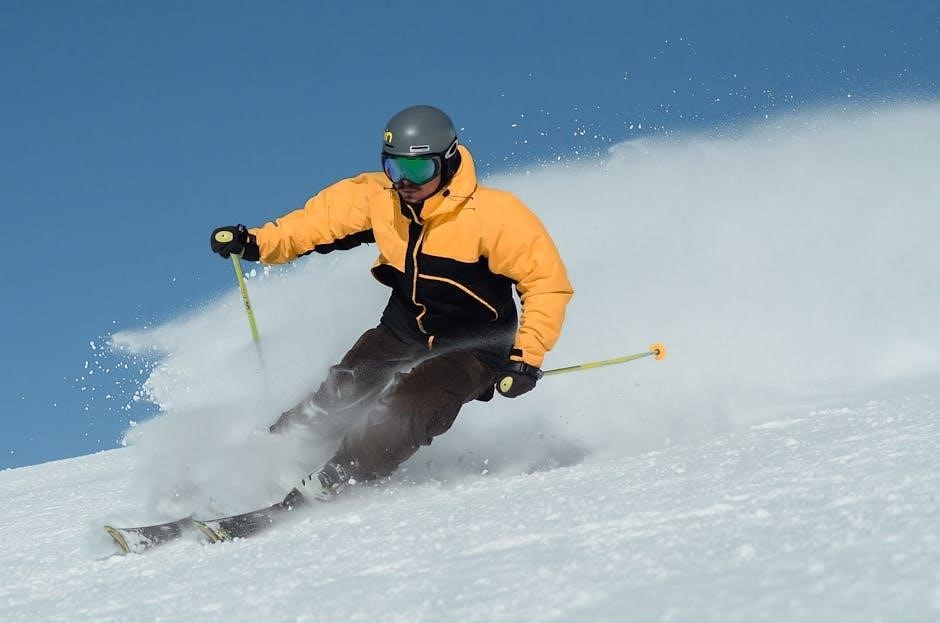
Binding Canting: If you experience knee or ankle discomfort, consider using canted bindings or shims. Canting aligns your joints more naturally, reducing strain.
Highback Rotation: Adjust your highback rotation to match your leg angle. This enhances responsiveness and control, especially during heel-side turns.
Forward Lean: Experiment with forward lean to increase responsiveness and power transmission. More forward lean is suitable for aggressive carving, while less is better for freestyle.

Stance Offset: Adjusting your stance slightly forward or backward on the board can affect float in powder and overall balance.
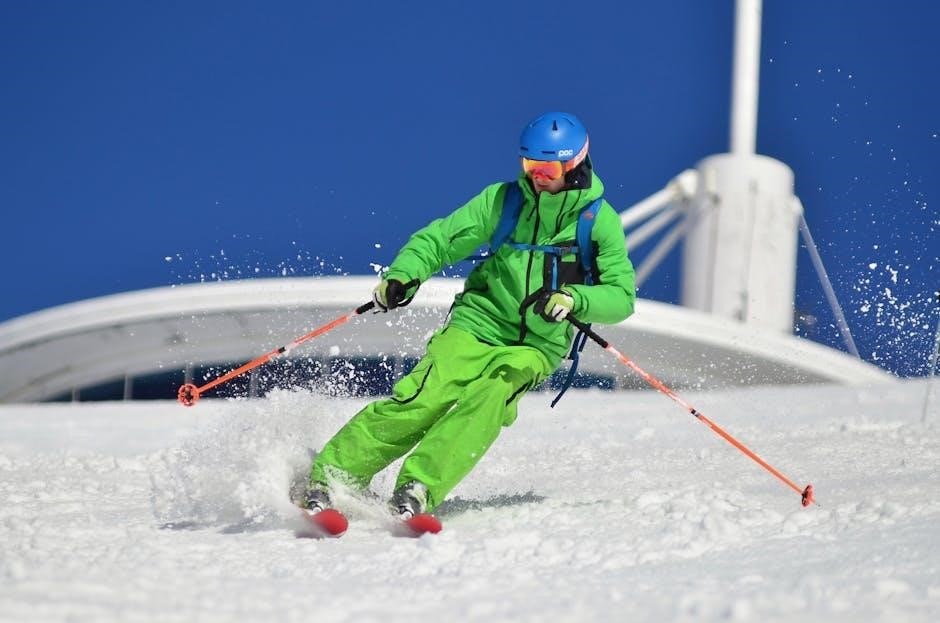
Professional Consultation: Consult a snowboard technician or experienced rider for personalized advice. They can assess your riding style and suggest specific adjustments.
